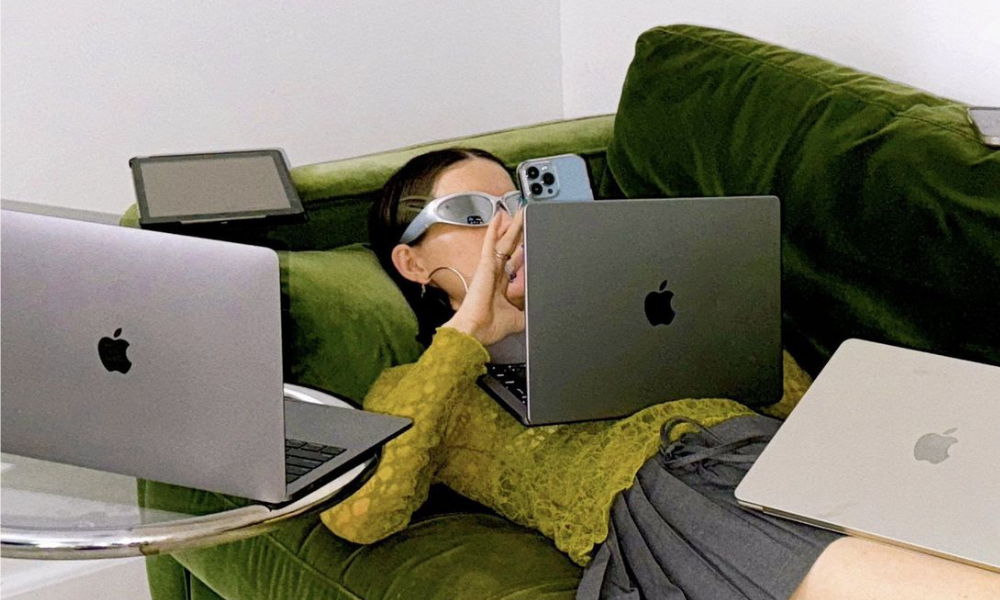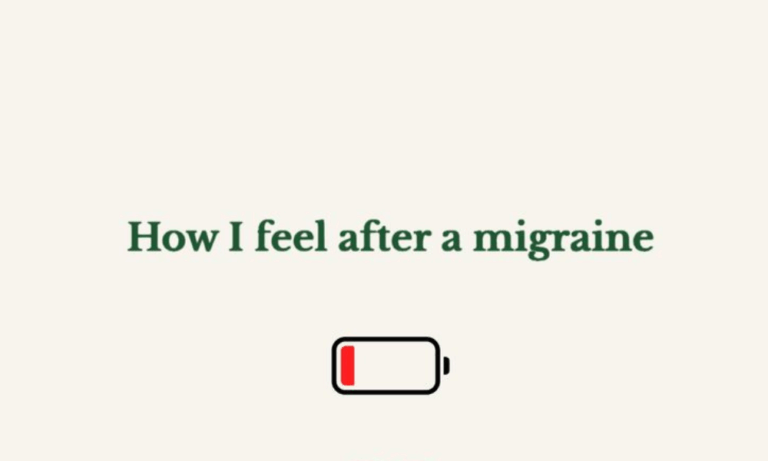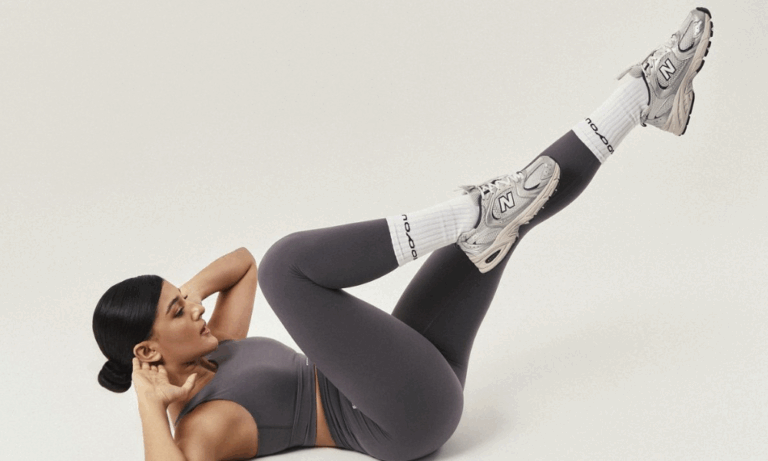In the age of social media, being busy has become the ultimate status symbol. Scroll through Instagram, and you’ll see it everywhere: latte-fueled co-working mornings, never-ending meetings, packed agendas, and “hustle shots” that show your calendar in color-coded glory. But why does everyone feel the need to look overwhelmed, and why does Instagram keep feeding this narrative?
The Glamour of the Hustle
There’s a subtle, almost unspoken rule today: if you’re not busy, are you even doing anything worthwhile? The perception of constant motion signals productivity, ambition, and social relevance. It’s less about actual achievement and more about signaling that your life is full, exciting, and in-demand. A crowded calendar has become a modern badge of honor, and Instagram, with its visual storytelling, is the perfect stage to flaunt it.
The “Influencer Effect”
Social media platforms thrive on envy, aspiration, and relatability. Influencers and celebrities often post perfectly curated glimpses of their “hectic” lives: a yoga class at dawn, brunch meetings, work calls from exotic locations. Followers see the glamour of their hustle without the stress behind it, and suddenly, looking busy becomes aspirational. Instagram doesn’t just document this culture, it amplifies it. Algorithms reward posts that showcase productivity, engagement, and a carefully managed “life in motion,” creating a feedback loop that encourages us all to perform busyness.
The Psychology of Performance
Humans are social creatures, and social comparison is baked into our behavior. By presenting ourselves as constantly busy, we project competence, ambition, and importance, traits universally admired. Busyness becomes performative: we aren’t just working, we’re showing that we’re working. And in doing so, we convince others (and sometimes ourselves) that our lives are meaningful.
Instagram’s Role in the Hype
The platform thrives on moments that are both visually appealing and emotionally stimulating. “Look at me juggling life, work, and play”—that’s exactly the type of content that generates likes, comments, and shares. Filters, flat lays, and well-timed captions turn ordinary routines into spectacular evidence of productivity. In this environment, appearing busy is more valuable than being relaxed and the app subtly nudges us to curate that image relentlessly.
The Cost of the Cult of Busyness
There’s a darker side to this constant need to appear busy. Mental health suffers when we measure ourselves against staged snapshots of productivity. Burnout becomes fashionable, rest is underrated, and downtime feels like failure. Instagram’s glossy portrayal of a packed life can make normal, quieter rhythms seem inadequate, pushing people into a cycle of performative overwork.
A Different Narrative
The good news? Awareness is the first step toward change. People are beginning to embrace authenticity, showing both their busy and quiet moments. Minimalist aesthetics, slow living accounts, and “real life” content are rising in popularity as audiences seek balance and honesty. The challenge is resisting the pressure to perform busyness and reclaiming the joy in living life at your own pace.
At the end of the day, busyness is a performance, and Instagram is its stage. But maybe the most radical move we can make is to log off, breathe, and let stillness be just as shareable as a packed calendar.
ALSO READ: #BUROSPOTLIGHTS: PALESTINIAN ARTIST RAYA KASSISIEH.




